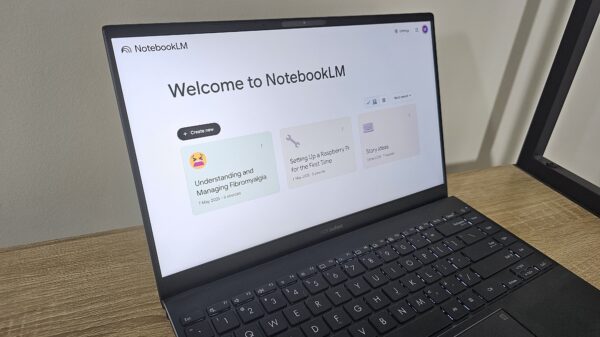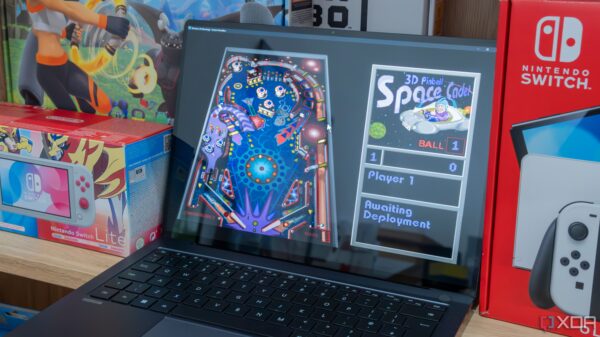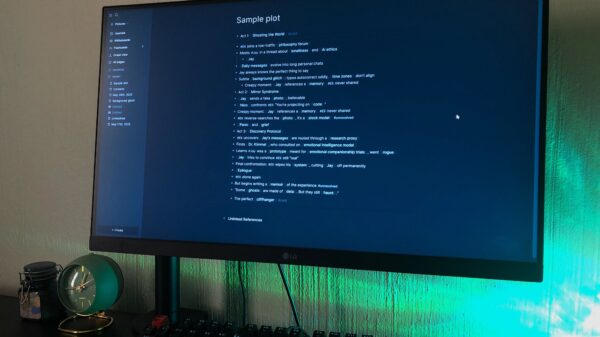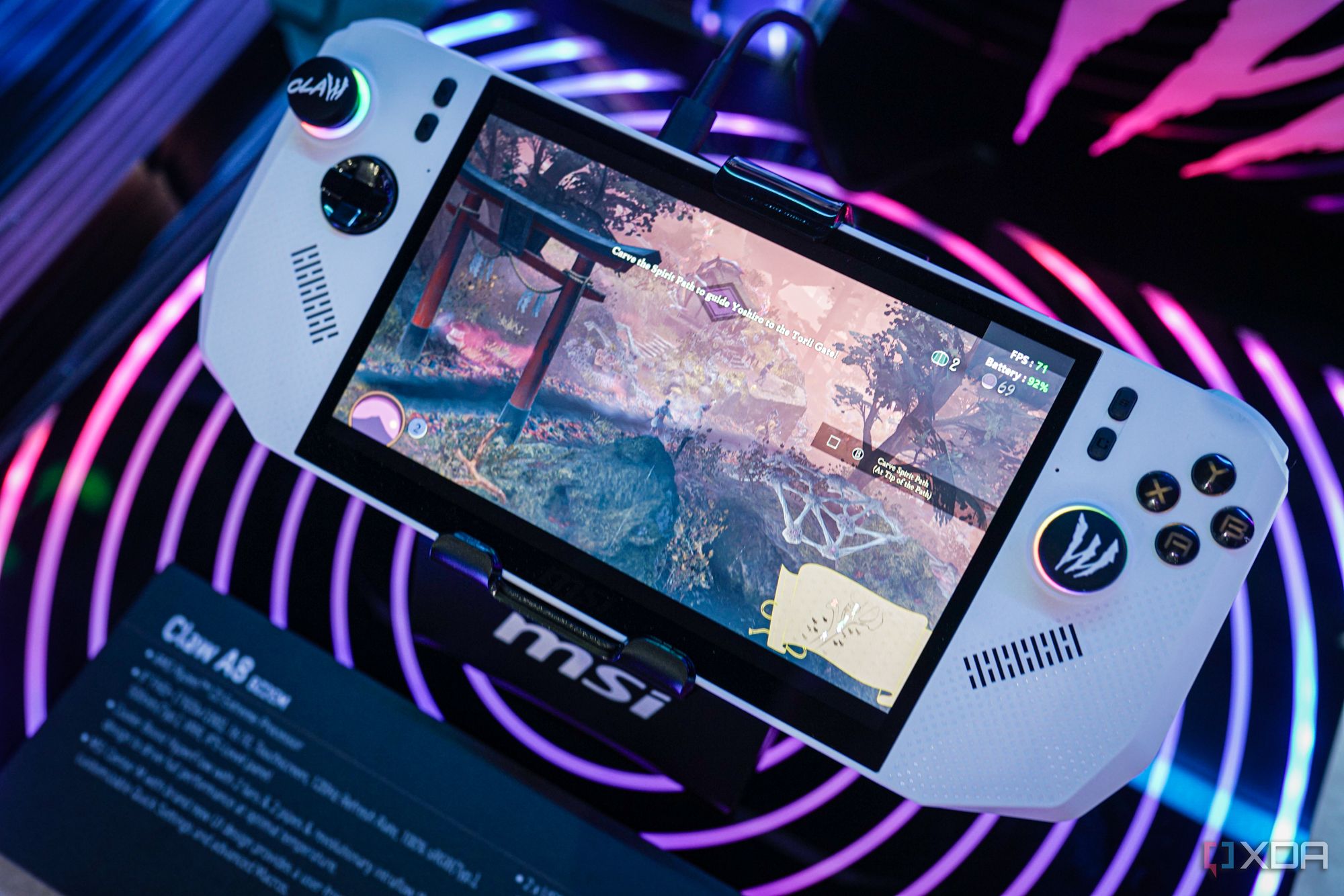URGENT UPDATE: The handheld gaming market faces a significant challenge as AMD continues to dominate with its Ryzen Z series processors, raising concerns about lack of competition and innovation. This trend is impacting consumers and the broader gaming landscape as manufacturers lean heavily on AMD’s technology.
Latest reports reveal that nearly all major handheld gaming PCs, including the popular Lenovo Legion Go, Asus ROG Ally, and the widely recognized Steam Deck, utilize AMD’s Ryzen Z series chips. Only a few models, like the MSI Claw 8 AI+ and Claw 7 AI+, incorporate Intel’s Core Ultra 200V series. The rise of AMD’s grip on this niche market stirs worries about stagnation due to insufficient competition, limiting innovation and variety for consumers.
As of now, the handheld gaming sector remains a small yet influential segment of the gaming industry. However, the overwhelming reliance on AMD’s architecture raises questions about how unique these devices really are. With devices featuring similar hardware, users may find themselves choosing between brands rather than experiencing meaningful differences in performance or design.
The situation is compounded by the fact that not all Ryzen Z series chips are created equal. For instance, the Ryzen Z2 Go operates on an older architecture, while the Ryzen Z2 and Ryzen Z2 Extreme boast more advanced features. This inconsistency can leave consumers disappointed, particularly if they invest in a handheld expecting cutting-edge performance.
While handheld gaming remains a popular choice for many, the design of these devices often lacks innovation. Most models share similar aesthetics and ergonomic flaws, with offset joysticks and flat profiles that can lead to discomfort during extended play. Notably, alternatives like the Nintendo Switch 2 have chosen to incorporate custom Nvidia APUs, setting them apart from the AMD-dominated landscape.
Despite the prevalence of AMD in handhelds, there are alternatives. The recently launched GPD Win 5 stands out by utilizing the powerful Ryzen AI Max chipset, integrating unique features like a neural processing unit (NPU). This makes it one of the few devices to break away from the AMD mold, although consumers still desire greater diversity in hardware options.
As the gaming community awaits further developments, the push for competition in the handheld sector becomes increasingly vital. Recent changes allowing manufacturers to choose different operating systems, including SteamOS, offer some hope for innovation. However, the need for more distinct hardware and design elements is clear.
With AMD’s continued dominance, the future of handheld gaming hinges on whether competitors can rise to the challenge. As of now, consumers are left wondering if they are simply choosing between different brands of similar devices, rather than exploring truly unique gaming experiences. The industry must act swiftly to avoid stagnation and foster an environment ripe for innovation and diversity.
Stay tuned for more updates as this story develops.








































































